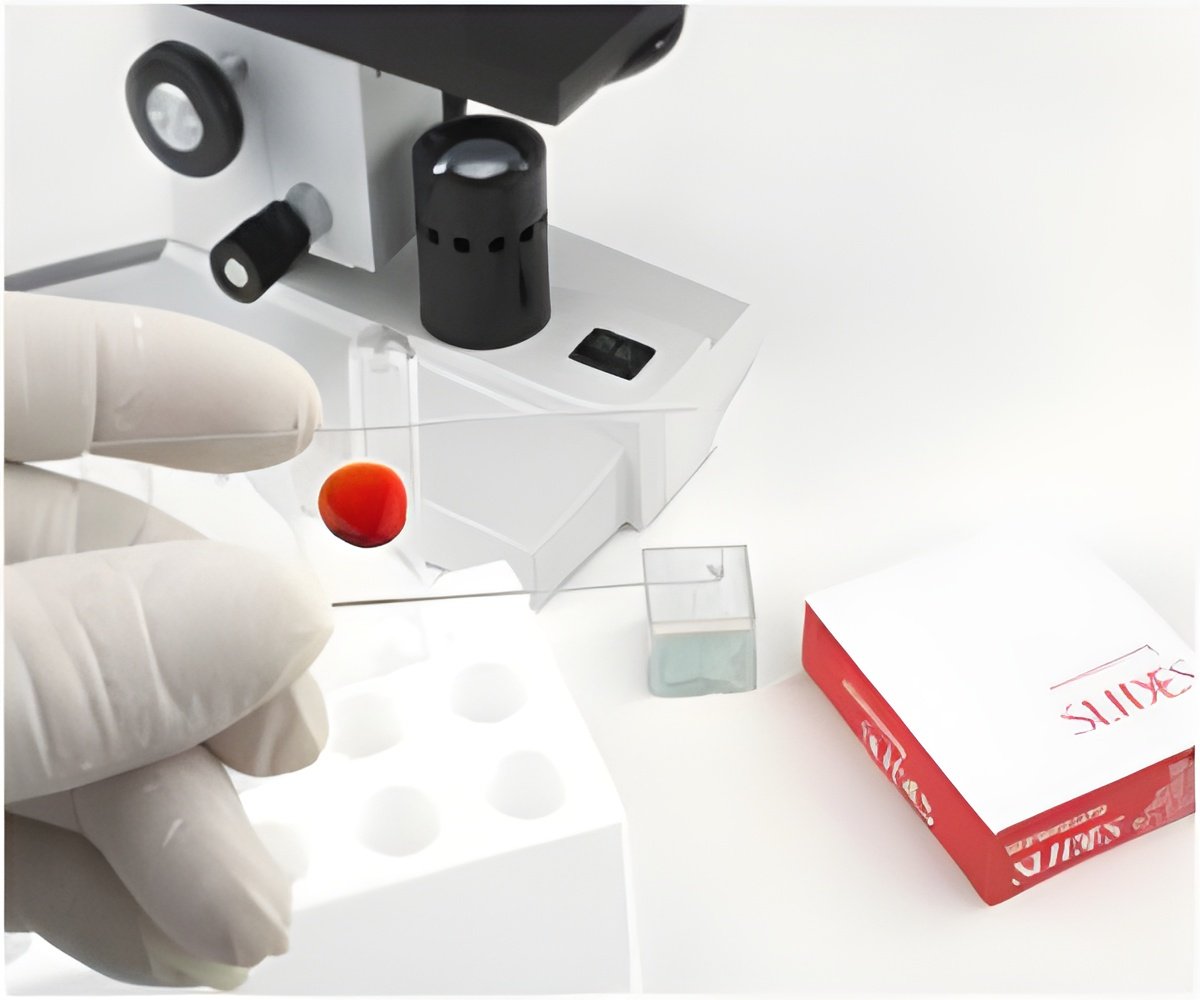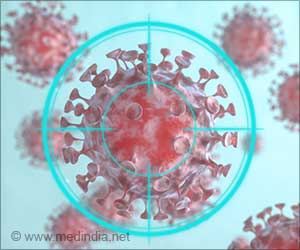
The findings could lead to a blood test for lung cancer, according to a researcher with the Ohio State University Comprehensive Cancer Center - Arthur G. James Cancer Hospital and Richard J. Solove Research Institute who helped lead study.
"We found patterns of abnormal microRNAs in the plasma of people with lung cancer and showed that it might be possible to use these patterns to detect lung cancer in a blood sample," said principal investigator Dr. Carlo M. Croce, professor of molecular virology, immunology and medical genetics, and director of the Human Cancer Genetics program.
"These abnormal microRNAs were present in blood serum well before the tumours were detected by a sensitive method such as spiral CT scan, suggesting they might have strong predictive, diagnostic and prognostic potential," he added.
"Our goal was to identify biomarkers that could predict tumour development and prognosis to improve lung-cancer diagnosis and treatment," he added.
"Overall, these findings strengthen the observation that circulating miRNA in plasma is detectable well before clinical disease detection by spiral CT, indicating the possibility of identifying high-risk patients on the basis of miRNA profiling," said Croce.
Advertisement
Source-ANI














